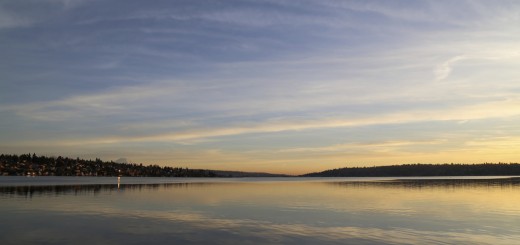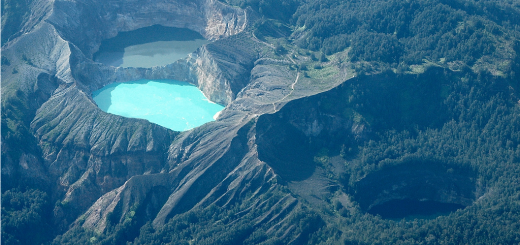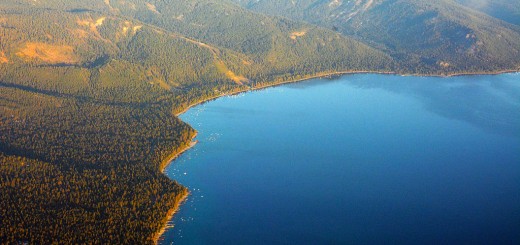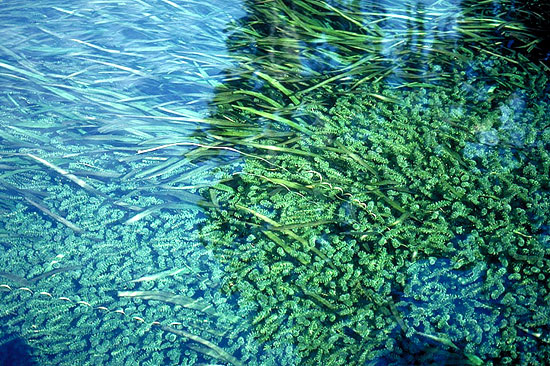Friday Five: Deadly Lakes Around the World
0Though many lakes are marked by calm waters and serene surroundings, this can change in an instant. Heaving waves and high winds caused by extreme weather can change any water body into a dangerous location.
Other, more rare lakes don’t need weather to be hazardous to visitors. These five deadly lakes were made so by natural processes, with just one exception.
Lake Karachay
Located in western Russia, Lake Karachay was a dump site for radioactive waste for decades. Most of the waste came from a nuclear plant in nearby Mayak. In 1990, the Natural Resources Defense Council estimated that the lake contained radiation levels high enough to give humans a lethal dose within an hour. Other estimates say five minutes is long enough.

Lake Karachay (referenced as Lake Karachai) as seen from space, April 2010. (Credit: NASA)
Boiling Lake
Dominica’s Boiling Lake is filled with greyish-blue water and is most always engulfed by vapor. This is because water in the lake is super-heated by an opening in the Earth’s crust. Temperatures reach nearly 200 degrees Fahrenheit in the water body and it is the second largest hot lake in the world.

Dominica’s Boiling Lake. (Credit: Wikimedia Commons User Pembo13 via Creative Commons)
Lake Kivu
Thousands of years ago, volcanic activity separated Africa’s Lake Kivu from nearby Lake Edward, shifting its flow south. Kivu sits some 5,000 feet above sea level and is biologically poor. Its lakebed holds dissolved methane gases and it has experienced limnic eruptions in the past, a natural disaster marked by an eruption of dissolved carbon dioxide.

Lake Kivu. (Credit: Adam Jones via Creative Commons)
Horseshoe Lake
California’s Horseshoe Lake sits near Mammoth Mountain, where a series of earthquakes occurred in the early 90s. After those quakes, scientists began noticing an increase in tree death around the lake. Further investigation revealed that extremely high concentrations of carbon dioxide were escaping from the soil and killing the trees. There are 100 acres of dead and dying trees near the lake today.

A tree kill area near Horseshoe Lake/Mammoth Mountain, 2011. (Credit: U.S. Geological Survey)
Lake Nyos
Resting in a crater on the flanks of an inactive volcano, Lake Nyos sits above a pocket of molten rock. Carbon dioxide from below saturates its water, making it vulnerable to extreme turnover events and limnic eruptions. Its volatility was marked by a 1986 turnover that released toxic gas, killing thousands in Cameroon.

Lake Nyos. (Credit: Flickr User jbdodane via Creative Commons)













